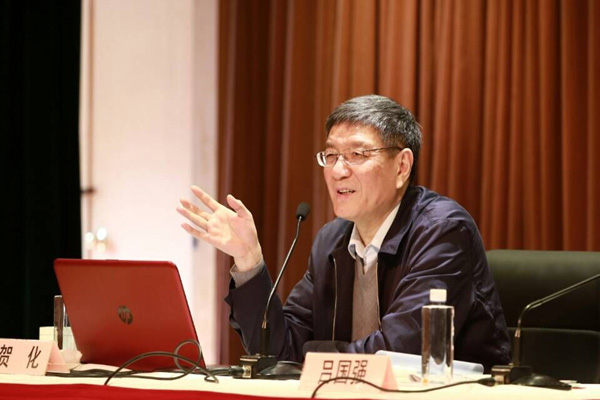In order to emphasize the importance of “administrative protection” against patent infringement and smooth its implementation process, China’s State Intellectual Property Office (SIPO) issued three regulations on May 12 to promote patent enforcement in the country. The three regulations are “Guide on Determining Patent Tort”, “Evidence Rule on Patent Administrative Enforcement”, and “Guide Administrative Mediation for Patent Disputes”.
Multinationals that have been doing business in China for a long time will all, most likely have suffered from IP infringement and counterfeiting to a greater or lesser extent. There was a time when the Chinese government did little or nothing to protect foreign companies from falling victim to IP infringement and counterfeiting in the local market and what measures they did roll out were largely ineffective.

He Hua, vice commissioner of SIPO indicates that severe administrative protection is in urgent need to
allow for the promotion of new technologies and industries.
Source: www.sipo.gov.cn
Although China is a latecomer to the field of IP protection, especially in terms of patent protection, it is now a key player in the IP5 (EU, Japan, South Korea, China and the US) and saw the most IP filings of any country in 2015. As more and more domestic and foreign companies, institutes and individuals file patents in China, the government and SIPO are now making more comprehensive efforts to improve patent enforcement. Local intellectual property offices in China investigated 87,000 infringement cases during the 12th Five-year Plan (2011-2015) period, almost 10 times the number during the 11th Five-year Plan (2006-2010).
Increased Administrative Enforcement is a Must for the Protection of New Technologies and New Industries
In many countries, including Taiwan and the US, criminal punishment for IP infringement has already been removed from IP laws. Administrative units have no rights to ‘affirm” whether infringement has occurred or not and cannot order infringers to stop their infringing behavior. The Chinese government believes criminal punishment is an essential part of IP protection, however.
He Hua, the vice commissioner of SIPO, has stated that heavy protections are in urgent need for the promotion of new technologies and industries. He stated, “SIPO has launched annual patent surveys since 2008. We pick 40,000 patents and 15,000 patent owners as part of the survey every year. According to the survey, around 36% of companies have encountered patent infringement and 60% of companies did not want to get involved in litigation. Moreover, more than 50% patent owners stated that they wanted the government to take a more active role in patent infringement cases”. Many companies in China that own patents are small and medium-sized businesses, which cannot afford to get involved in costly lawsuits.
In order to emphasize the importance of “administrative protection” against patent infringement and smooth its implementation process, China’s State Intellectual Property Office (SIPO) issued three regulations on May 12 to promote patent enforcement in the country. The three regulations are “Guide on Determining Patent Tort”, “Evidence Rule on Patent Administrative Enforcement”, and “Guide Administrative Mediation for Patent Disputes”. According to SIPO, local intellectual property offices aim to serve as mediators in patent tort disputes and other patent disputes, as well as investigating counterfeit patents in accordance with China’s patent law.
In recent years, with the enhancement of protection against counterfeit and patent infringement, China’s local intellectual property offices have increasingly faced problems on determining patent infringement, administrative enforcement standards for patent disputes and the application of rules of evidence in administrative mediation.
Laws are spread across different fields, however, including administrative procedure law, the law on administrative punishments, rules relating to other relevant judicial explanations and administrative responses. According to He, there was a need for unified guidelines. This has led SIPO to carry out research over recent years, collecting opinions from local intellectual property office, SIPO organs and civil society, in order to formulate suitable rules and detailed regulations for patent administrative law enforcement and simplify administrative law enforcement. The result of this is the Guide on Determining Patent Tort, Evidence Rule of Patent Administrative Enforcement, and Guide on Patent Disputes Administrative Mediation.
SIPO has stated, “The cases in the regulations have contributed greatly to the improvement of law enforcement, enhanced the level of supervision and strengthened the system of law enforcement, making law enforcement more scientific, normative and coordinated”.
| Author: |
Anita Li |
| Current Post: |
Chief Editor, NAIP Newsletter |
| Education: |
MA Journalism, China Culture University (Taiwan) |
| Prior Posts: |
Chief Editor, Solid State Technology -Taiwan
Chief Editor, CompuTrade International
Overseas Correspondent, Dempa Shinbun |
|
|

|
| Facebook |
|
Follow the IP Observer on our FB Page |
|
|
|
|
|
|



